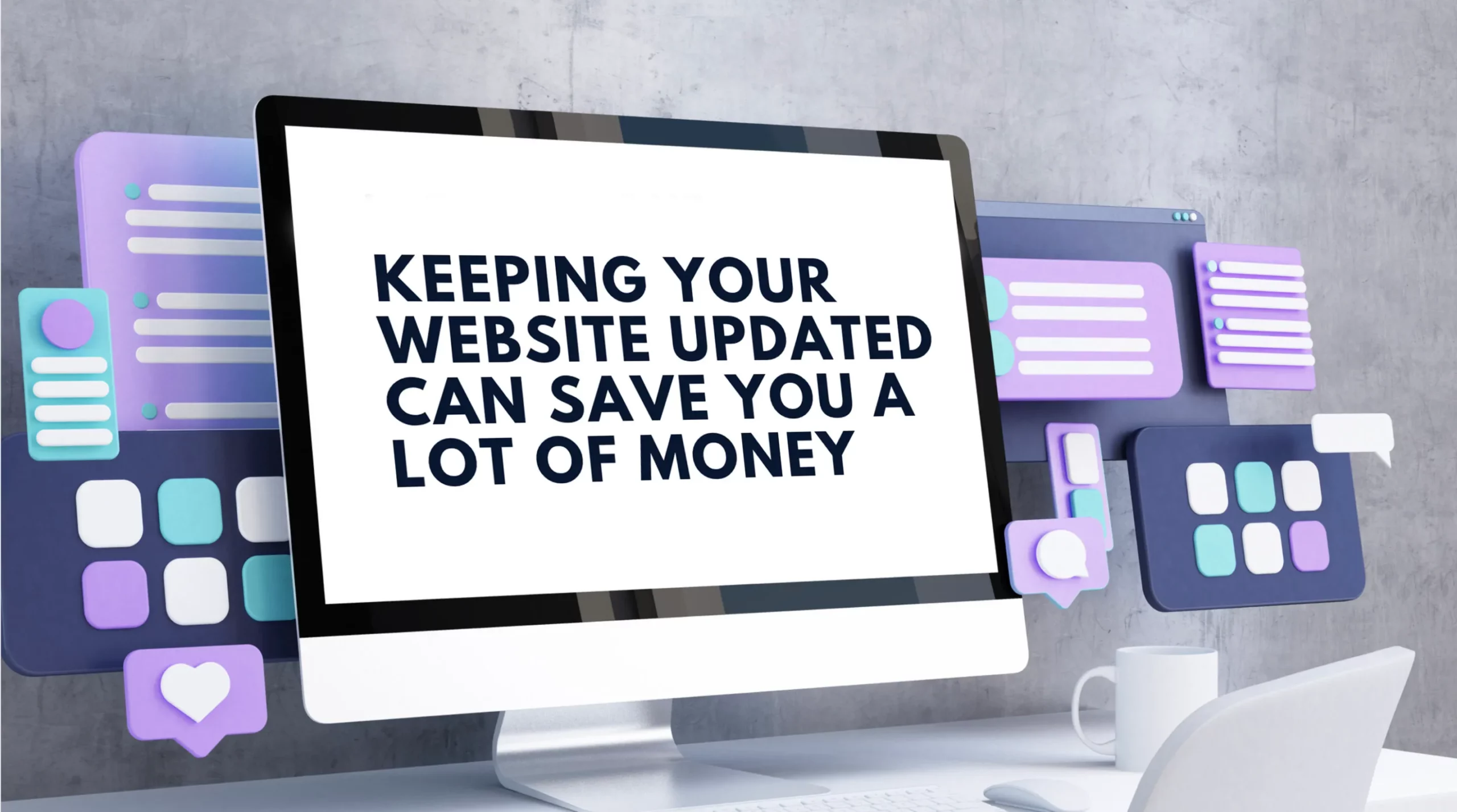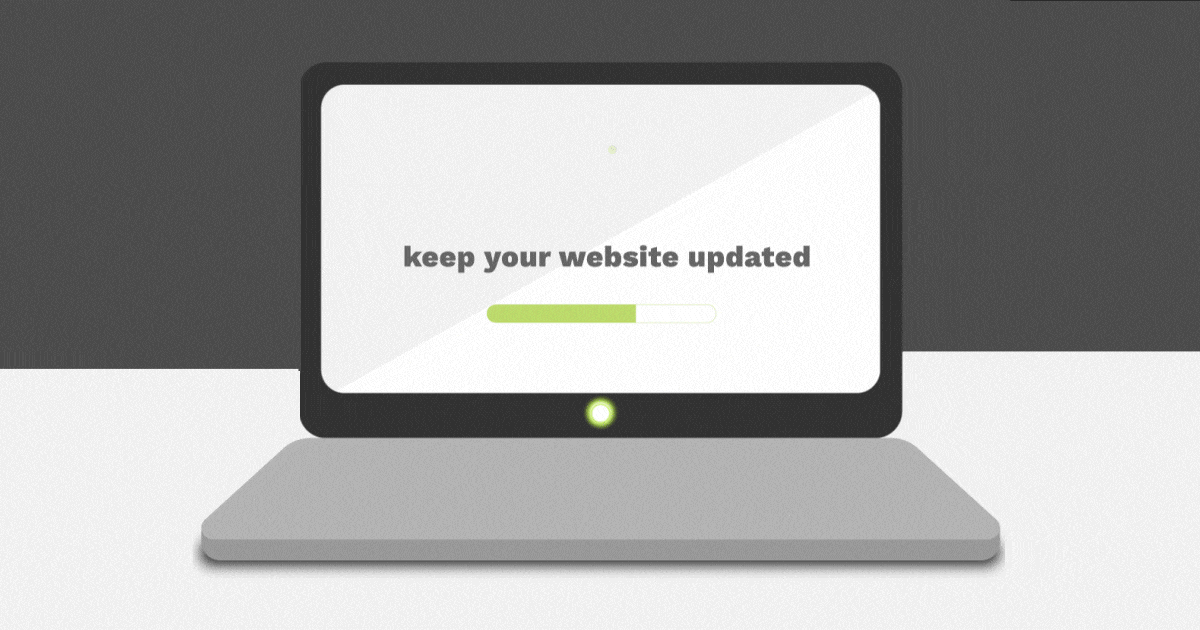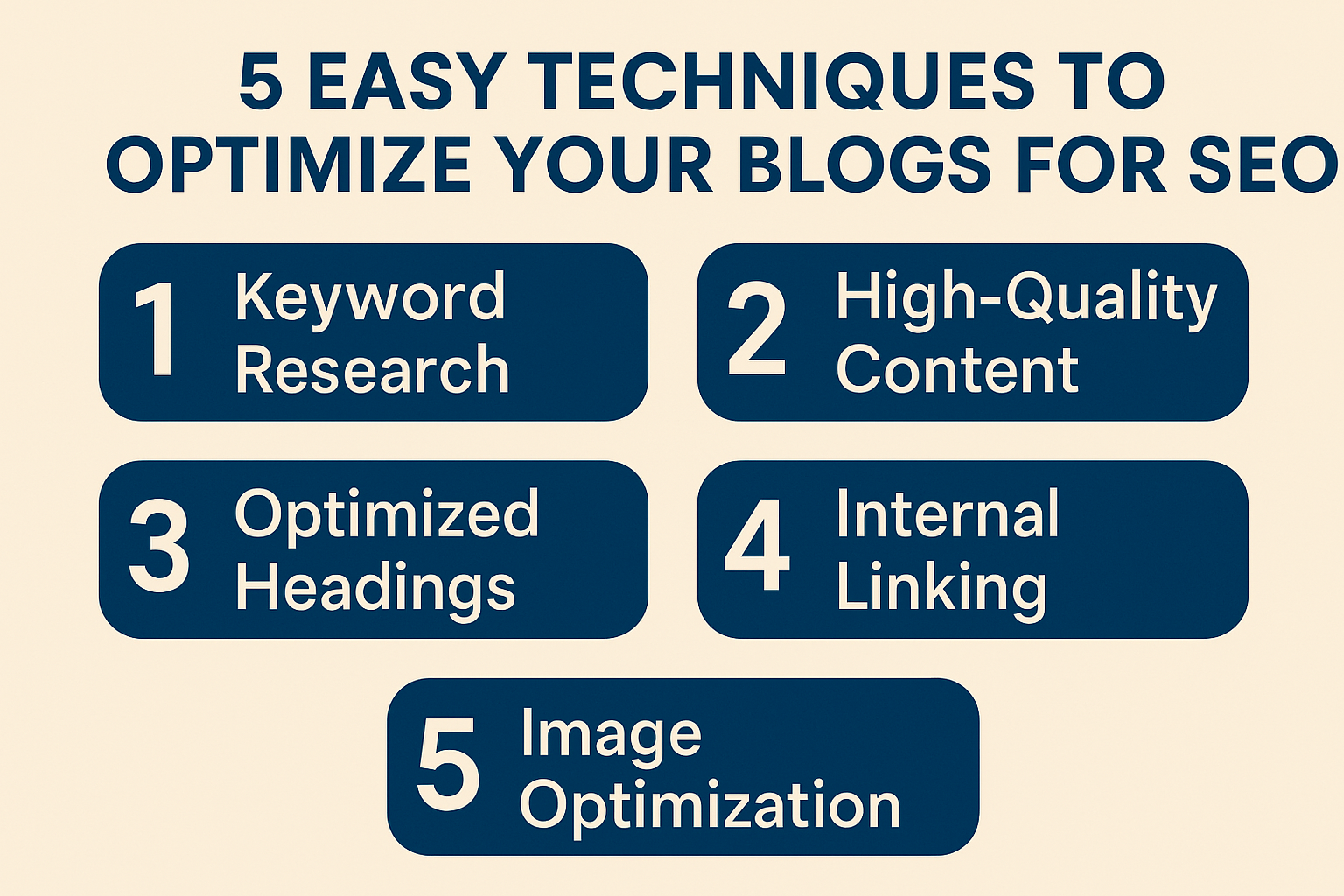The Importance of Keeping Your Website Up to Date
In today’s digital age, your website serves as your online storefront. It is the first point of contact with your customers, and you need it to reflect your brand image, inform your users, and serve as a gateway to your products or services. However, having a website is not enough. To stand out in a crowded online marketplace and keep up with the latest technological advancements, you must keep your website current. This blog post will explore why this is crucial for your business’s success.
Security:
Security is one of the most prominent reasons you should keep your website up to date. Hackers are always looking to exploit outdated methods and plugins to access your website’s data. They can deface your website, steal your customer’s data, and cause downtime, impacting your business’s reputation and revenue. Hence, updating your website with the latest security patches, plugins, and features can mitigate these cybersecurity risks.
1. Protects Sensitive Information
Protecting sensitive information is one of the most important reasons to have a secure website. If your website handles sensitive information, such as credit card numbers or personal data, it is essential to protect this information from hackers. A secure website will use encryption to ensure that this information is safe from prying eyes.
2. Prevents Data Breaches
Another reason to have a secure website is to prevent data breaches. A data breach occurs when hackers access sensitive information, such as customer data or financial records. Data breaches can be extremely damaging to both businesses and consumers, as they can lead to identity theft and fraud. A secure website will help to prevent data breaches by deterring hackers and keeping sensitive information safe.
3. Builds Trust with Customers
Customers are more likely to trust a business that has a secure website. In today’s world, customers are increasingly concerned about their online privacy and security. They want to know that their personal information is safe when they purchase or provide their contact details. A secure website will give customers peace of mind and build trust between the customer and the business.
4. Improves Search Engine Rankings
A secure website can also improve your search engine rankings. Google and other search engines are increasingly considering security when ranking websites, so a secure website is more likely to rank higher than an insecure website. This means you’ll get more traffic and potential customers if your website is secure.
5. Reduces Risk of Malware Infection
Another benefit of having a secure website is that it reduces the risk of malware infection. Malware is software designed to damage or disable computers, and it can be injected into websites through vulnerabilities in the code. If your website is hacked and malware is injed, it could infect visitors’ computers and cause damage or eve n steal sensitive information. By having a secure website, you can reduce the risk of malware infection and keep your visitors’ computers safe
User Experience:
Users have high expectations when it comes to website design and functionality. They want a seamless and user-friendly experience that meets their needs. An outdated website with broken links, slow-loading pages, and an obsolete plan can discourage customers from engaging with your brand. In contrast, a modern website with a responsive design, faster loading times, and easy navigation fosters a better user experience, leading to higher engagement and conversions.
1. User experience (UX) is a term used to describe the way users interact with and feel about a website or app. When discussing user experience (UX), we refer to how people interact with a website or app. The experience reflects how convenient content and navigation are and expresses how users feel when using a digital device. A positive user experience can evoke excitement or appreciation when investigating a page, while backlash from difficulty or confusion may trigger anger or impatience. Shopping on an easy-to-maneuver eCommerce site will result in customers navigating it easily and quickly, leaving them feeling impressed and more likely to purchase an item. Conversely, if they experience technical issues or can’t orderly peruse content, shoppers most likely won’t be thrilled and would scratch the store off their list come their next online retail grubstake. It is essential to pay attention to users’ behavior so companies can shape user feelings into having only exceedingly Gonda vibes for their algorithms!
2. Good UX can help increase website traffic and conversion rates and improve customer satisfaction and loyalty. Good UX elements are crucial for websites to become successful. Enhancing the user experience is essential in increasing website traffic and boosting conversion rates to help businesses optimize their goals and objectives. With a well-designed UX, customers can easily navigate through the platform no matter their device, ensuring customer satisfaction. Frequent website visitors that may lead to more customer loyalty often come as a direct result of excellent user experience design.
3. Poor UX, conversely, can lead to high user frustration levels, resulting in website abandonment and lost sales. Poor User Experience, often abbreviated to UX, is an integral part of the success of any website. It is no secret; high levels of user satisfaction breed loyalty, and it shows in their behavior – ultimately helping determine success or failure. However, user frustration may ensue when UX is not up to scratch. Distinct repercussions from this may yield shorter visits to a website than the user planned, leading to them abandoning the site altogether. Consequently, dissatisfied investors can equate to decreased sales for businesses that heavily depend on online sales for their income and reputation.
4. Therefore, it is essential for businesses to focus on creating a positive UX for their users. In a constantly changing digital landscape, the need for businesses to prioritize creating a user-friendly experience for their consumers is paramount. An effective UX allows customers to unlock the maximum potential of technological services, making companies more successful in the long run. Enhancing users’ satisfaction levels has also become a crucial aim for business owners as standard technology becomes more deeply embedded into our lives and global culture; this positively reflects an organization’s reputation and reputation translates into profit. So, by focusing on providing cheerful user experience design, businesses increase their presence and foster customer loyalty. Leveraging approaching trends with seamlessly integrated user experiences will prove beneficial in staying ahead of competitors. Without the right approach, the wrong investments in audience engagement can be detrimental; therefore, it is essential to emphasize unique Usability choices that work across industries and provide valued services focused on critical end-user needs. This ensures our users’ standards are appropriately met worldwide, resulting in the long-term success of businesses globally.
5. Several factors contribute to good UX, including ease of use, navigation, design, and content. Achieving excellent user experience means incorporating multiple elements. Ease of use should be carefully measured, as navigation and doing so boast the cornerstone features of an effective UX design. Further, considering the visual aesthetic of a webpage or application is another critical component among UX experts due to the nature of ensuring thoughtful design choices and inviting colors that will dominate the user’s experience. Finally, content is also a must that cannot be neglected in crafting an immersive user experience journey.
6. Ease of use refers to how easy it is for users to find what they want on a website or app. Navigation refers to how easy it is for users to move around the site or app. Design refers to the overall look and feel of the site or app. Content refers to the information that is presented on the site or app.
7. These factors must work together for a website or app to have good UX. The experience on a website or app can drastically influence a user’s opinion. Complex functionality and intuitive navigation are crucial in creating a great User Experience (UX), as do factors such as color balance, typography, contrast, font choice, and layout. These elements must intertwine effectively if you wish to have good UX. Designers and developers must also inventively combine their skills to craft an immersive experience. Our users can get the most out of their journey through our online ecosystems by uniting the perfect visuals with thoughtfully planned interactivity and functions.
8. businesses should consider hiring a UX designer to help create a positive UX for their users. Companies have a lot to gain by utilizing the skills of a UX designer. Crafting the right UX design can take your users’ experience to the next level and help them engage more intently with your product or business. By investing in something like a UX designer, you could see long-term benefits and be praised by your users for crafting an improved experience. Establishing proper design provides users with plenty of benefits, from using the product more efficiently and comfortably to providing greater insight into the company and its mission. A UX designer aims to create an environment where users feel their needs are met without any unnecessary hurdles, improving overall customer satisfaction. Hiring someone for this role will put you closer to developing a positive user experience that users will appreciate every time they interact with your product or business.
9. User testing is also essential to ensure the website or app is easy to use and navigate. Regarding websites and apps, user testing is critical for their successful functioning. It serves as a way of guaranteeing usability and navigability for these platforms, making sure that users have no problem when trying to use them. Taking the time to do this type of monitoring helps create a positive experience for users, meaning they won’t waste their valuable time suffering from a website and app-related issues that could otherwise easily be avoided through user testing. It also allows us to ensure that everything looks excellent aesthetically, delivering smooth experiences with minimal frustration. Ultimately, systematic user testing paves the way for creating optimal online accessibility to serve the digital world better.
10 . Creating a good UX is essential for businesses to remain competitive and succeed in today’s digital world. For businesses that want to stay ahead in today’s digital world, creating a great user experience through UX Design is extremely important. It allows them to remain competitive by streamlining their productivity and fulfilling customer needs efficiently. By investing in tools, techniques, and principles of UX Design, such as well-organized content, website navigation, and engaging interactions with customers, businesses can stand out from the pack and reap the rewards of an effective UX strategy.
SEO:
Search engine optimization (SEO) is another reason why you must keep your website up to date. Search engines like Google regularly modify their algorithms to rank websites based on various factors such as website speed, mobile-friendliness, content quality, and security. If your website fails to meet these criteria, your website will rank lower in search results, which means fewer visitors and less revenue. Thus, updating your website with SEO-friendly practices can help boost your website’s visibility and drive traffic to your website.
1. SEO is essential because it can help you to rank higher in search engine results pages (SERPs).
2. SEO can help you get more traffic from organic search, leading to more leads and sales.
3. SEO can help you to build trust and credibility with your audience.
4. SEO can help you reach a wider audience, as people worldwide use search engines to find information.
5. SEO can help you improve your website’s user experience, which can lead to more conversions.
6. SEO can help you stand out from your competitors, as most businesses do not use optimization techniques.
7. SEO can help you save money on paid advertising, as you will not need to pay for ads if you rank high in SERPs.
8. SEO can help you to track your progress and measure your success over time.
9. SEO is an ever-changing field, meaning you need to keep up with the latest trends and changes to succeed.
Competitive Edge:
In today’s competitive landscape, having a cutting-edge website is a must-have if you want to stay ahead. Your competitors always look for ways to innovate and enhance their online visibility. Keeping your website updated with the latest design trends, functionality, and features can differentiate your brand from the rest and create a unique value proposition that attracts customers and generates more revenue.
1. A cutting-edge website can help you stand out from your competitors.
2. A cutting-edge website can help you attract more customers.
3. A cutting-edge website can help you increase sales.
4. A cutting-edge website can help you improve customer satisfaction.
5. A cutting-edge website can help you reduce costs.
6. A cutting-edge website can help you improve efficiency.
7. A cutting-edge website can help you expand your business.
8. A cutting-edge website can help you reach new markets.
9. A cutting-edge website can help you build brand awareness.
Cost Savings:
Another crucial factor in keeping your website up to date is cost efficiency. Failing to update your website can lead to high costs down the road. For example, outdated website frameworks may become incompatible with newer technologies, requiring a complete overhaul of your website. However, regular updates ensure that your website is compatible with the latest technology and you avoid these costly overhauls.













